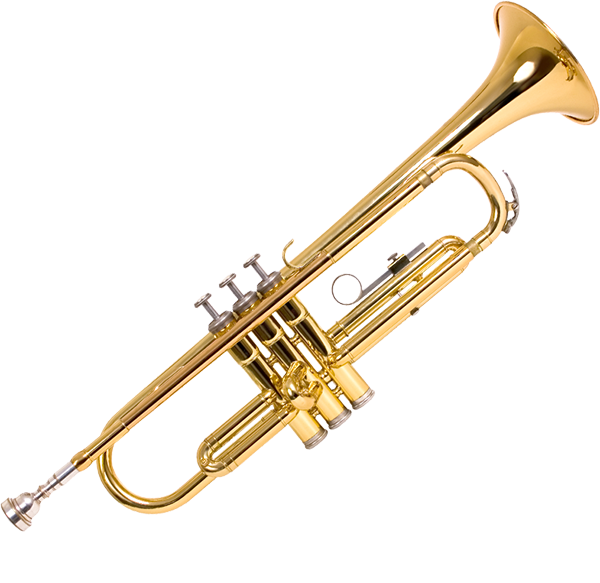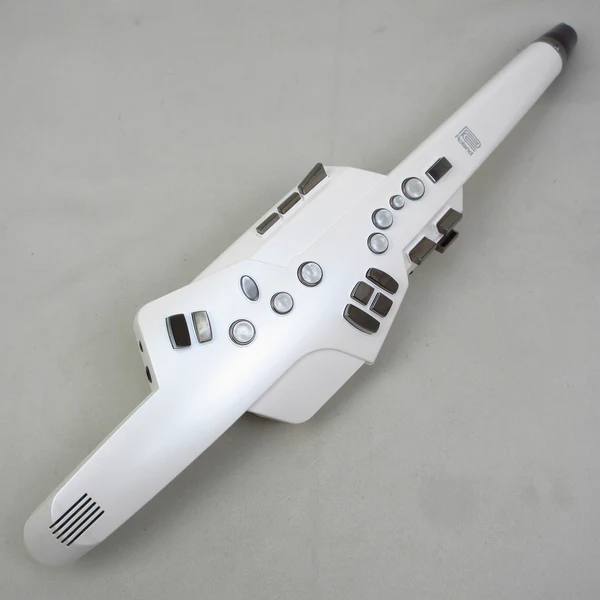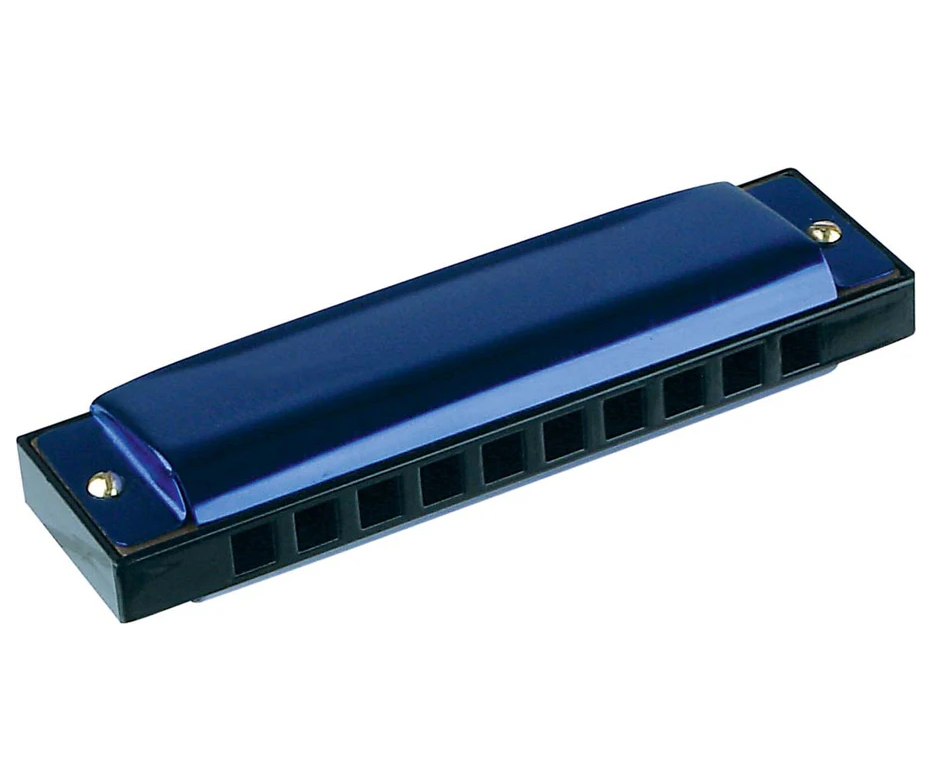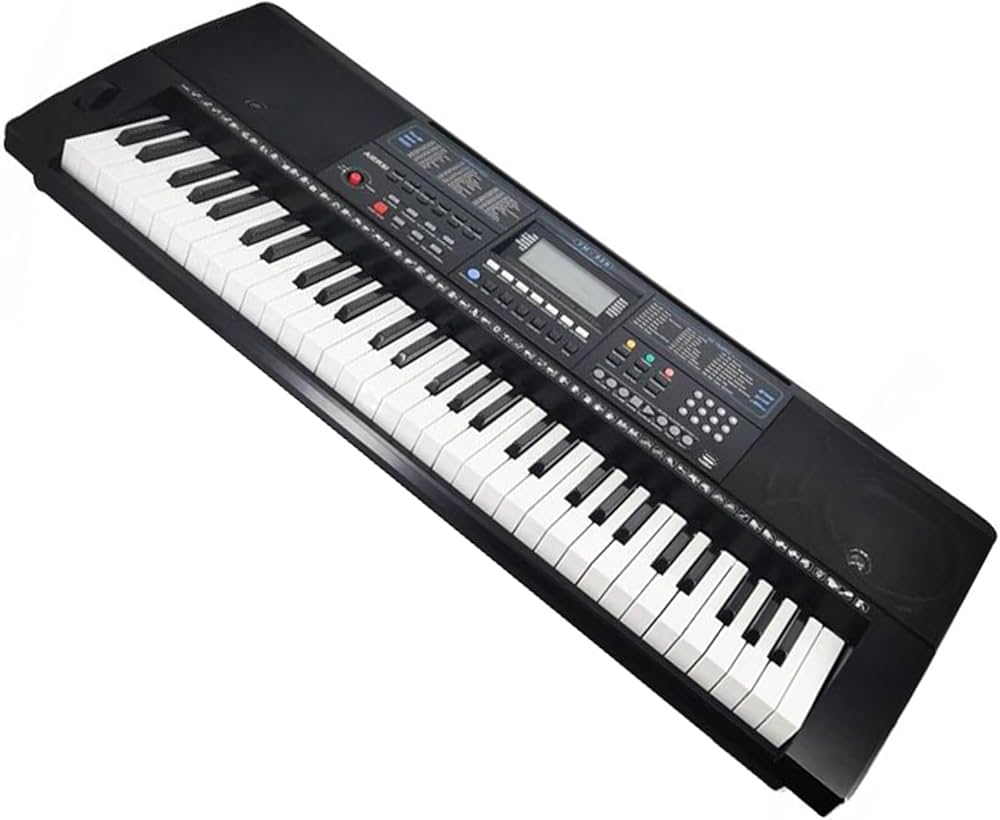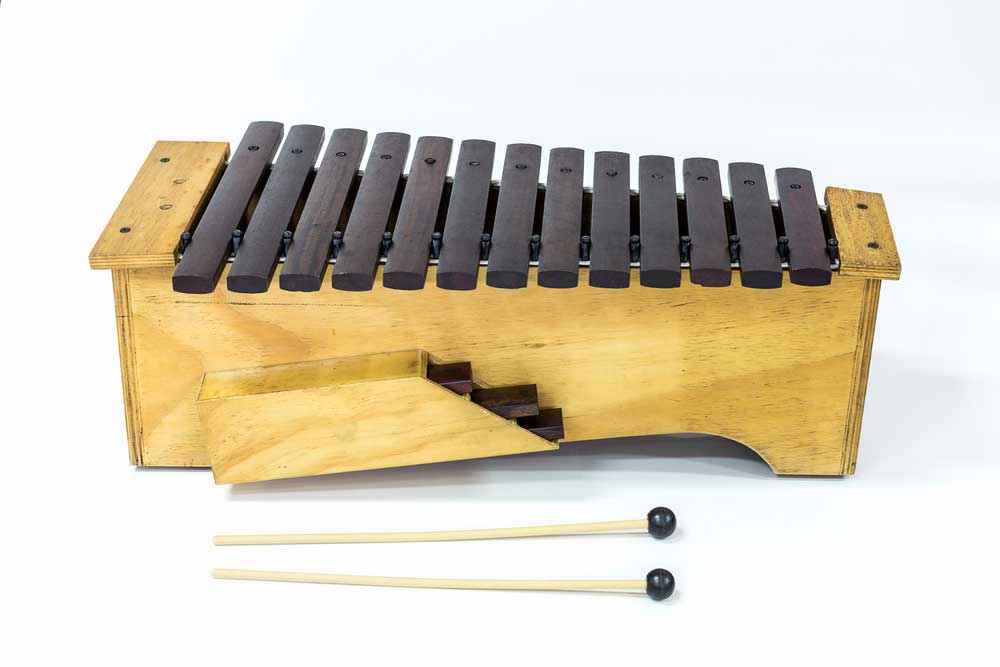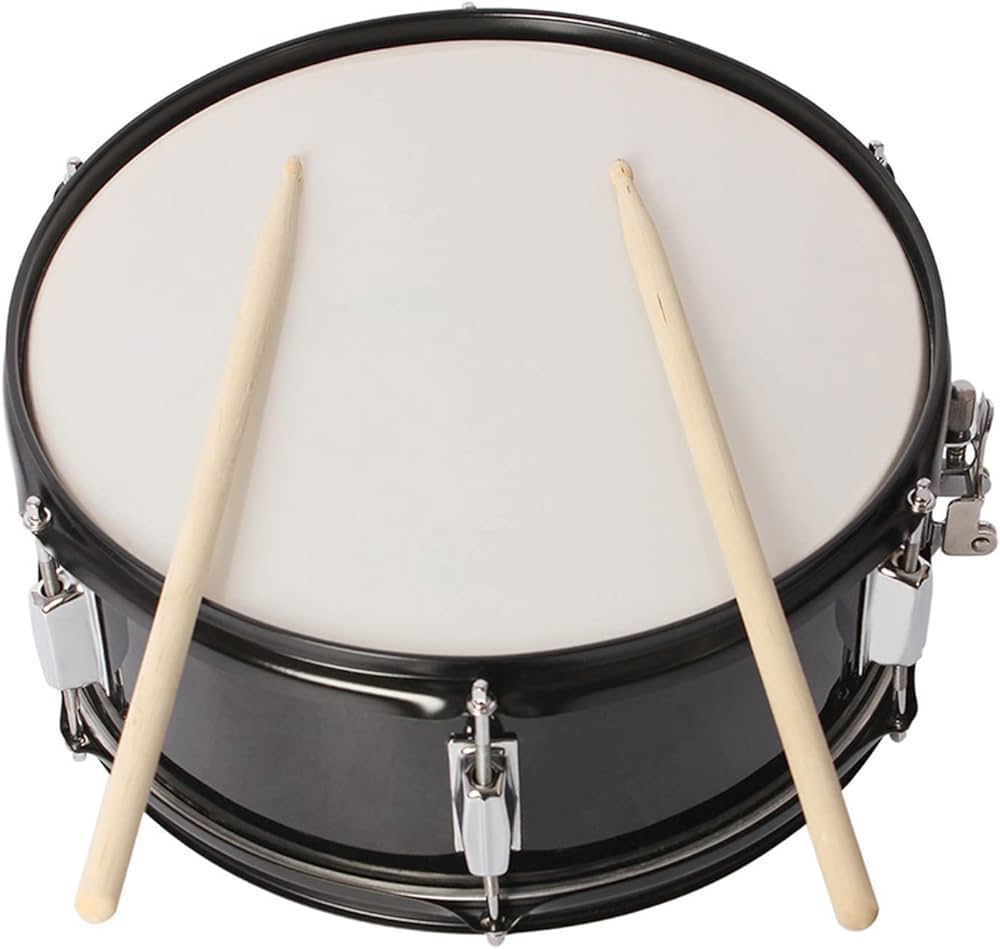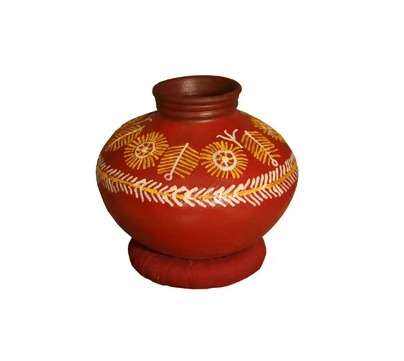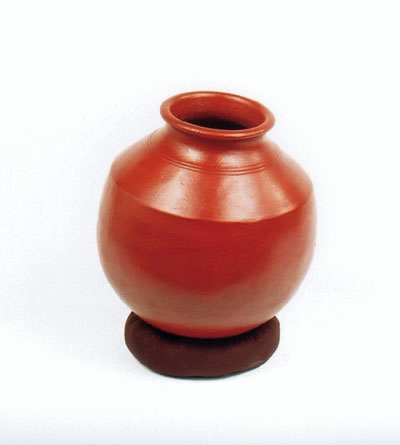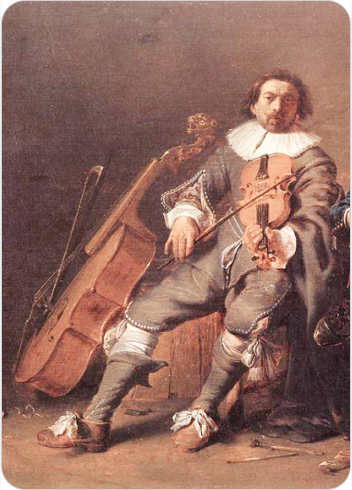Ghatam
Percussions
Asia
Between 0 and 1000 AD
Video
The ghatam is a traditional percussion instrument from South India, integral to the Carnatic music tradition. This unique instrument resembles a large, narrow-mouthed earthenware pot and is classified as an idiophone, meaning it produces sound primarily through the vibration of its own body rather than through a membrane, like drums.
It is crafted from clay, often mixed with metals like copper or brass to enhance its tonal qualities. Its distinctive shape allows it to produce a wide range of sounds, from deep bass notes to sharp, metallic treble tones.The ghatam is typically played seated on the floor, with the musician holding the pot close to their body. The player strikes various parts of the pot using their fingers and palms, creating intricate rhythms that are fundamental to many South Indian musical compositions. The instrument’s versatility allows it to serve both as an accompanying instrument and as a solo performer in concerts.
History and Origins
The ghatam has a rich history that dates back centuries, originating in India. While the exact timeline is difficult to pinpoint, it is believed that the ghatam emerged around the 7th century CE, making it one of the oldest percussion instruments in Indian classical music. Its roots can be traced to ancient Indian rituals where clay pots were used as musical instruments.The ghatam is primarily associated with South India, particularly in states like Tamil Nadu and Karnataka. Over time, it has evolved alongside various musical traditions and has been influenced by regional styles. The ghatam’s significance in Carnatic music has grown over the years, transitioning from a folk instrument to a staple in classical performances.
Materials Used in Construction
Traditionally, ghatams are made from clay sourced from specific regions known for their quality materials. The clay is often mixed with copper or brass filings to enhance its sound quality and durability. The crafting process involves shaping the clay into a pot-like structure with a narrow mouth and a wider base. This design is crucial for producing the instrument’s characteristic sound.Once shaped, the ghatam undergoes a firing process that solidifies its structure and improves its acoustic properties. The thickness of the walls must be uniform to ensure consistent sound production across different pitches. Artisans skilled in traditional methods often create ghatams in regions like Manamadurai, where craftsmanship has been passed down through generations.
Types of Ghatams
Ghatams come in various sizes and types, each producing different pitches:
Classic Clay Ghatam: Renowned for its authentic sound, favored by traditionalists in classical music.
Modern Fibre-Reinforced Plastic Ghatam: Lightweight and durable, suitable for contemporary performances.
Specialized Variants: These may incorporate unique materials or designs tailored for specific genres or performance needs.
Each type serves distinct purposes within musical contexts, allowing musicians to choose based on their performance requirements.
Features of the Ghatam
The ghatam is a unique and traditional Indian percussion instrument, widely used in Carnatic music and other forms of South Indian classical music. It is essentially an earthenware pot made from a special clay mixture, sometimes reinforced with metallic particles to enhance its tonal qualities. The instrument’s shape and thickness vary slightly, influencing its pitch and resonance. One of the most distinctive features of the ghatam is its versatility in producing a range of sounds. Musicians play it with their hands and fingers, striking different parts of the pot, such as the body, neck, and rim. By varying the pressure and contact points, they create a rich palette of tones, including deep bass and sharp, percussive slaps. The ghatam can also produce pitch variations by gently pressing the opening of the pot against the player’s stomach, altering the resonance.
The instrument is lightweight and portable, making it easy to handle during performances. Its unassuming design belies the complexity of the rhythms and textures it can generate. Traditionally, ghatams are made in specific regions of India, such as Manamadurai in Tamil Nadu, known for their superior craftsmanship. The ghatam’s earthy, resonant sound and its ability to blend seamlessly with other instruments make it an integral part of Indian classical music ensembles.
Sound Production
The sound production of the ghatam is primarily based on the vibration of its earthen body, which is struck by the player’s hands and fingers. The player taps or slaps different areas of the pot, such as the body, rim, and neck, to produce a variety of tonal qualities. The surface of the ghatam is flexible, allowing the performer to create a wide range of sounds, from deep, resonant bass tones to sharp, high-pitched slaps. By using different parts of the hand—such as the fingers, palms, or the edge of the hand—the performer can modulate the volume and texture of the sound. Additionally, the ghatam’s pitch can be altered by pressing the mouth of the pot against the player’s stomach or chest. This pressure changes the resonance of the pot, allowing the musician to produce subtle variations in tone, making the ghatam capable of playing in different pitches within an ensemble. The instrument’s earthy and percussive sound blends harmoniously with other percussion instruments like the mridangam, kanjira, and tabla, and its distinctive tonal qualities contribute to the rhythmic complexity of Indian classical music.
Playing Methods
Playing the ghatam requires skillful techniques that involve both hands:
Finger Techniques: Players use all ten fingers to strike different parts of the pot.
Palm Techniques: The base of the palm can be used for deeper tones.
Pressure Manipulation: Adjusting pressure against the abdomen alters pitch and resonance.
Rhythmic Patterns: Musicians often employ complex rhythmic patterns known as “bols,” similar to those used in other Indian percussion instruments like the mridangam.
Mastering these techniques takes years of practice, allowing players to create intricate rhythms that complement vocalists and instrumentalists alike.
Kind of Music Composed
The ghatam plays a vital role in South Indian classical music, particularly in the Carnatic tradition, where it is used to create intricate rhythms and complement melodic instruments. It is primarily employed in instrumental and vocal performances, often accompanying other percussion instruments like the mridangam, kanjira, and violin. The ghatam is integral to both rhythmic compositions and improvisations, contributing to complex patterns that define Carnatic music.
In compositions, the ghatam is often used to provide rhythmic support for both fixed compositions and improvisational segments. It complements the tala (rhythmic cycles) in Carnatic music by creating intricate patterns called konnakol (the vocalization of rhythmic syllables) and solkattu (rhythmic syllables that accompany hand percussion). The ghatam’s deep, resonant tones bring a grounding element to performances, while its sharp sounds add texture and dynamics. It is often featured in compositions like kritis (devotional songs) and varnams (rhythmic/melodic pieces) and also used during ragas (melodic improvisations) and tani avartanam (percussion solo sections) to showcase the virtuosity of the players. Beyond classical Carnatic music, the ghatam has found its place in fusion genres, where it blends with contemporary styles like jazz, world music, and even film music. Its ability to produce a wide array of rhythmic textures makes it a versatile instrument for cross-genre experimentation, where it often serves as a bridge between traditional and modern rhythms. Thus, the ghatam’s rich, earthy sound continues to be a powerful tool for composers and performers in various musical forms.
Roles in Music
In Carnatic music ensembles, the ghatam plays several critical roles:
Rhythmic Foundation: Provides a steady rhythmic base that supports vocalists and melodic instruments.
Solo Performances: Gaining recognition as a solo instrument due to its rich tonal capabilities.
Cultural Representation: Acts as a symbol of South Indian heritage and tradition, showcasing regional craftsmanship and artistry.
Through these roles, the ghatam continues to be celebrated not only as an instrument but also as an essential part of cultural identity within Indian music.
The ghatam is more than just a percussion instrument; it embodies centuries of tradition and cultural significance within Indian music. Its unique construction, versatile playing techniques, and rich sound make it an integral part of Carnatic music while allowing it to adapt to contemporary genres. As musicians continue to explore its possibilities, the ghatam remains a vibrant symbol of artistic expression and heritage.
FAQ
How is the Ghatam constructed?
The Ghatam is a traditional Indian percussion instrument made of clay mixed with metal filings. Its shape resembles a large, round pot with a narrow mouth. Variations in thickness and metal content affect the tone and resonance. It is handcrafted, ensuring uniqueness in sound for each piece.
What type of instrument is the Ghatam?
The Ghatam is a percussion instrument classified as an idiophone. It produces sound through the vibration of its material when struck. Typically used in South Indian classical music, it adds rhythmic complexity and texture. Its versatility allows for intricate beats and patterns.
What is the role of the Ghatam in music?
In music, the Ghatam provides rhythmic accompaniment and dynamic interplay in South Indian Carnatic performances. Played by tapping, striking, and sliding the hands, it produces rich, resonant tones. Its adaptability enables musicians to match varying tempos and styles seamlessly.
 Links
Links
References
Other Instrument
Categories

